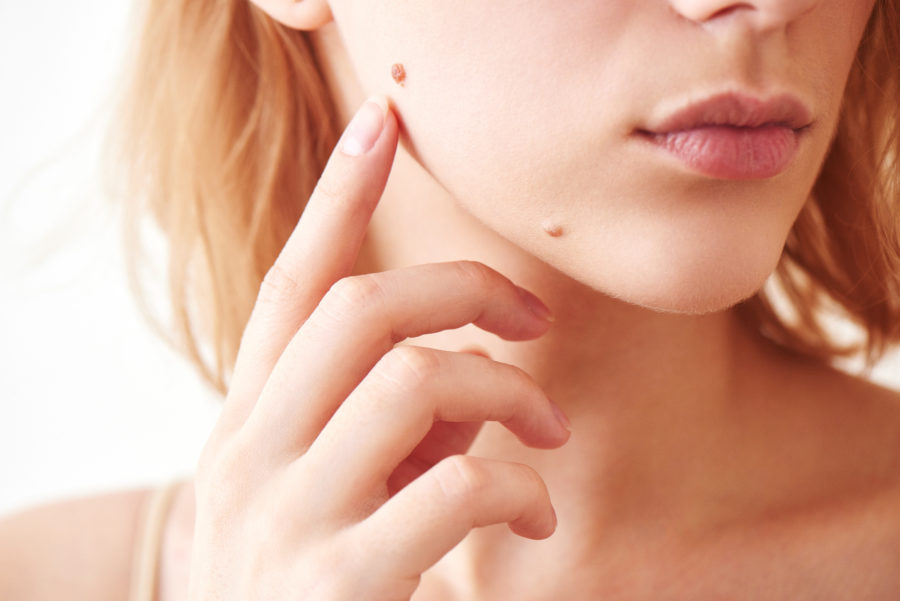Oh no, my mole has changed. Help!
June 10th, 2019
Moles can change over time and develop into melanoma. Melanoma can be difficult to detect. If you have any concerns about your moles or freckles, Upper Hutt Skin Clinic’s specialist skin doctors can help, with their advanced clinical equipment.
What are moles?
Moles are growths on the skin that are usually brown or black. Moles can appear anywhere on the skin, alone or in groups. Most moles appear in early childhood and during the first 25 years of a person’s life. It is normal to have between 10-40 moles by adulthood.
What’s a “normal” mole?
As the years pass, moles usually change slowly, becoming raised and/or changing colour. Sometimes, hairs develop in the mole. Some moles may not change at all, while others may slowly disappear over time. Moles can change over time and develop into melanoma, with a higher chance of this in those that have been on the skin since birth.
When to See Your Doctor about a Mole
It’s important to consult your doctor about a suspicious skin mole since it may be an early sign of malignant melanoma, which is a life-threatening, but highly treatable if caught early, form of skin cancer.
Examine your skin regularly, looking for any new skin moles as well as changes in the moles you already have. If you have a family history of atypical moles or skin cancer, or a large number of moles or freckles, your doctor may suggest that you come in for regular mole checks.
When you examine your moles, remember the ABCDEs of melanoma. If you notice any of the following, consult your doctor or dermatologist:
A – Asymmetry: A mole in which one half of the mole does not look like the other
B – Border: A mole with an irregular or poorly defined border
C – Colour: A mole that consists of multiple shades of black, brown, white, red, and/or blue
D – Diameter: A mole that is growing in diameter or size
E – Evolving: A mole that’s size, shape, or colour changes over time
New moles: A mole that develops, especially if it appears after age 20
Bothersome moles: A mole that bleeds, itches, or is painful
How we can help
We use dermatoscopy to examine and identify suspicious skin lesions (moles/spots). This technology allows us to detect and treat potential skin cancers as early as possible. Our doctors are trained in the use of Dermatoscopes. These are hand held instruments which use epiluminscent microscopy to look deep into the skin. This allows our trained doctors to recognise the microscopic signs of skin cancer. It also gives confidence in checking that moles are normal and do not require excision.
If you have any concerns about your moles or freckles or you would like a mole or skin tag removed for cosmetic reasons, our specialist skin doctors can help.
